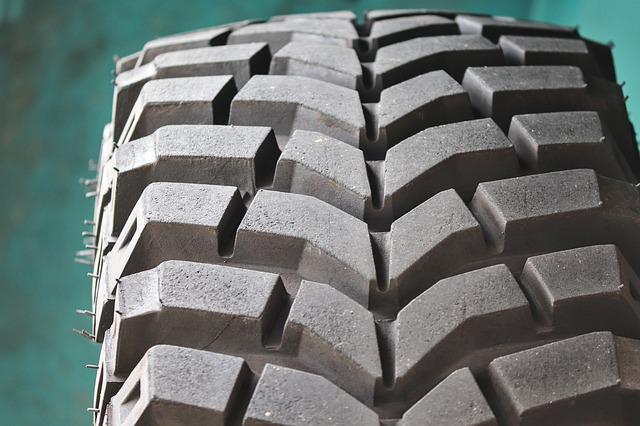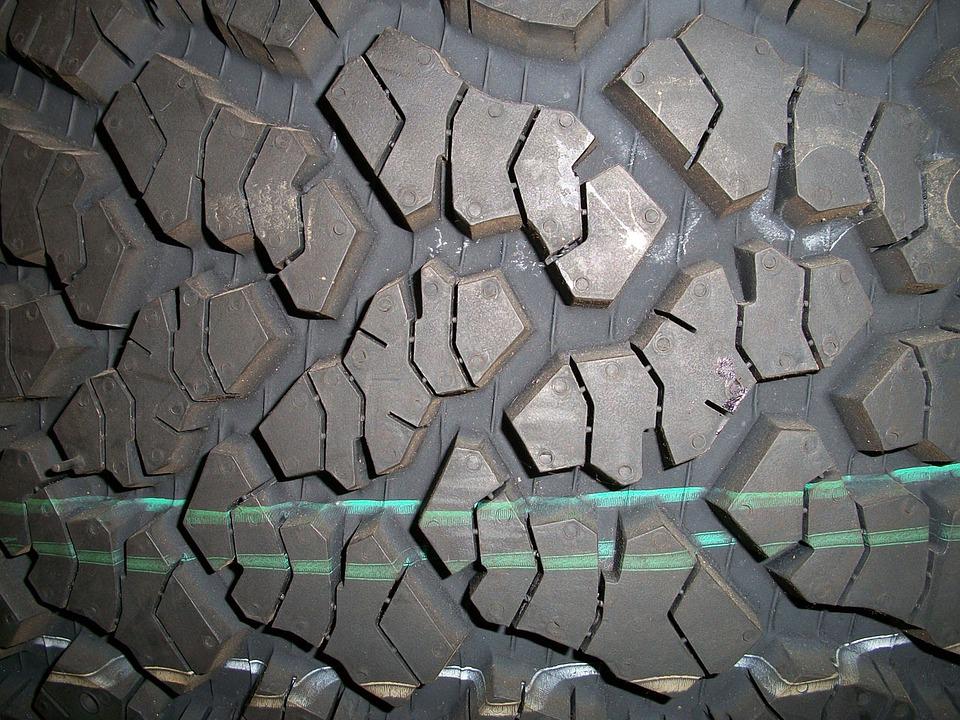When was the last time you checked the tread depth of your truck tyres? How do you know if a truck tyre is still usable? How can you avoid receiving a ticket for the tread condition of one of your tyres? What should I bear in mind when travelling?
Heavy goods vehicles are subject to rigorous standards. Among other things, the tread depth of the tyres is strictly controlled, as this guarantees the vehicle’s safety. Unfortunately, drivers often neglect their treads. Also, many countries check the driving time and the condition of the tyres, including the shape of the tread.
Ensure that the tread on your truck’s tyres meets the regulatory requirements.
Truck tyre tread depth
Trucks must have a minimum tread depth of 1.6 mm. A heavy fine or a ban on driving, or possibly both. This is also the case in many countries. What can be the consequences of not complying with this rule?
In many countries, the police regularly check the condition of truck tyres. Drivers forget that they have to change their tyres to ensure their safety and other motorists.
It is essential to check the tread of truck tyres regularly. You can measure the depth of the tread with various tools. The calliper is the simplest of these, but there are more sophisticated solutions such as the digital gauge. However, measurement errors can always occur. How can they be avoided? How can you check the condition of your truck tyres on a long journey? What is the other way to check the tread depth of a truck tyre?
What is the TWI (Tread Wear Indicator)?

Tread Wear Indicators (TWI) make life easier for drivers. They indicate the minimum tread depth, which is 1.6 mm. In the case of a truck tread, the indicators are located in several places to facilitate measurements. When the tread of the truck approaches a wear indicator, remember the following:
– The tyres will soon be unusable.
– Driving on these tyres is prohibited by law.
– You should have your tyres changed as soon as possible.
Of course, other signs indicate that replacement is necessary:
– Tyres squeal when cornering.
– The tyres deflate more and more quickly.
– The vehicle “slides” more frequently.
How do you measure the tread depth of a truck tyre? It would help to look at the main grooves of the tyre. If you cannot locate these small 1.6 mm high protrusions, the arrows on the side of the tyre will help you. But you should also consult the manual provided by the vehicle manufacturer. However, rarely today’s vehicles do not have TWI wear indicators.
What if you do not have a depth gauge? What other methods are there to determine that the truck tyre is at the end of its life? It is easy to turn everyday items into makeshift tools. For example, you can use coins and insert a dollar coin into the tyre’s grooves. If the outer disc of the coin can be fully inserted, you have about 4 mm of tread depth. Other unusual measuring tools include matches and pen caps.
Remember that the most effective way to measure tread depth is to place a digital gauge appropriately.
The hidden tread of truck tyres
What is hidden tread? Most manufacturers produce tyres with an original profile with three narrow main grooves. These tyres are perfectly adapted to the road:
– They ensure the safety of the vehicle.
– They ensure control.
– They minimise rolling resistance.
The hidden tread only appears after 5% of the tread has been worn away. It has five separate grooves. But that’s not all: four ribs appear when 75% of the tyre is worn. These ribs are what maintain a grip on wet surfaces.
The correct approach is to check the tread depth of truck tyres without referring to the treadwear indicators alone. Tyres in poor condition should be changed even if their tread indicators do not show any problems. It is possible to measure the tread depth and, at the same time, ensure that all tyres have the correct pressure. Ideally, this should be done once a week, at least before a long journey.
What else do I need to know?
A new tyre usually has a tread depth of 8 to 10 mm. Of course, specialists advise changing tyres before the depth reaches its limit value of 1.6 mm. They recommend using a tread depth of 3 mm (summer tyres) or 5 mm (winter tyres). If the tread depth is lower, it is advisable to change tyres for the following reasons:
– Tyres lose their traction properties much faster.
– Because of aquaplaning, the risk of slipping on wet surfaces is higher.
– Water is not drained correctly from the tyre.
In addition to regularly measuring the tread depth, it is helpful to know how to maintain your truck tyres. To do this, make sure you:
– Maintain the correct pressure by carrying out regular checks.
– Respect the vehicle load specified by the manufacturer.
– Pay attention to potholes and kerbs.
Read more:




